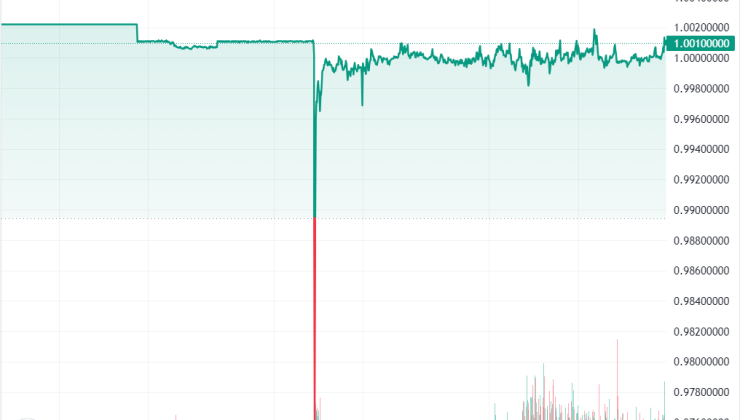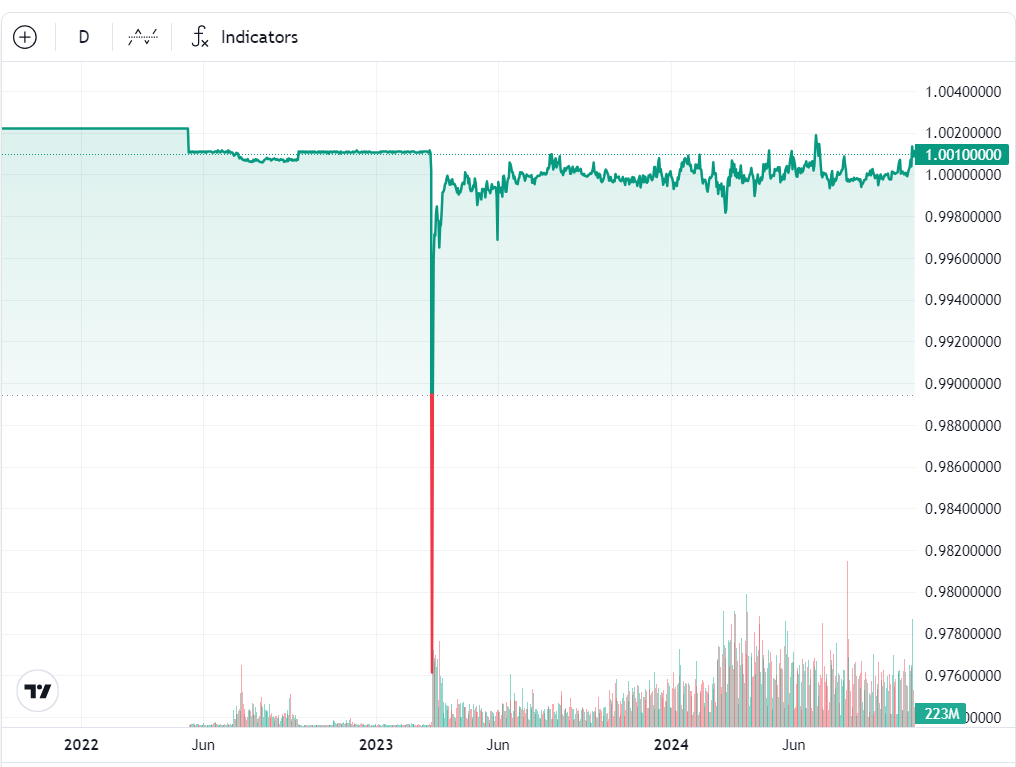

MiCA Regulations– As Europe moves closer to implementing its comprehensive regulatory framework known as the Markets in Crypto-Assets Regulation (MiCA), concerns are rising among stablecoin issuers about the potential impact on the broader cryptocurrency market. Paulo Ardoino, CEO of Tether, emphasizes that the new banking requirements could introduce systemic risks that threaten the stability of stablecoins.
Set to take full effect on December 30, MiCA mandates that stablecoin issuers hold a minimum of 60% of their reserve assets in European banks. This requirement raises significant concerns because banks typically lend out up to 90% of their reserves.
Ardoino highlighted this risk during an interview with Cointelegraph at the Plan B conference in Lugano, Switzerland. He explained, “If you have 10 billion euros under management, you have to put 6 billion euros in cash deposits. That is 60% of 10 billion euros. We know that banks can lend out 90% of their balance sheet. So of the 6 billion euros, they lend out 5.4 billion euros to people […] 600 million euros will remain in the bank balance sheet.”
This situation creates a precarious scenario for stablecoin issuers, as a significant portion of their reserves could be at risk if a bank faces insolvency. Past incidents, such as Circle’s USD Coin (USDC) losing its dollar peg due to banking issues, highlight these vulnerabilities. In March 2023, USDC fell as low as $0.8774 after Circle was unable to withdraw $3.3 billion from Silicon Valley Bank before its shutdown.
The requirement for stablecoin issuers to maintain reserves in banks could lead to growing risks associated with bank failures. Ardoino explained that deposits in banks are guaranteed only up to certain limits, stating, You deposit that 1 million euros in a bank account in Europe that has a federal deposit guarantee up to 100,000 euros. So the money you deposit in the bank is guaranteed to 100,000 euros; if the bank fails, you get 100,000 euros, and then everything else goes in the bankruptcy process.

To mitigate these risks, Ardoino suggests that stablecoin issuers can invest in securities such as Treasury bills or government bonds. If the bank goes bankrupt and you have securities, the securities are nominal. So they will get back to you, and you just move them to another bank, he noted.
The MiCA framework is not just a concern for Tether; major financial institutions are also preparing for its implications. For example, Societe Generale has partnered with Bitpanda to launch a MiCA-compliant stablecoin named EUR CoinVertible (EURCV). However, industry experts warn that MiCA could lead to a consolidation of the crypto market, particularly affecting smaller Web3 companies.
Anastasija Plotnikova, CEO and co-founder of Fideum, a regulatory and blockchain infrastructure firm, expressed concerns that MiCA might prompt an exodus of talent and innovation to the Middle East, where regulatory conditions may be more favorable. She remarked, It will lead to a lot of consolidation. It will be a lot more predatorial, even VC practices or larger crypto companies just buying the talent, buying this off the shelf. But it is what it is.
Crypto firms, including Kraken, are already taking proactive steps to adapt to the MiCA landscape. Kraken recently acquired Coin Meester, the Netherlands’ oldest registered crypto broker, as part of its European expansion strategy.
As the deadline for MiCA approaches, the market watches closely how these regulations will reshape the stablecoin landscape and impact the future of cryptocurrency in Europe. The balance between regulatory compliance and innovation will be crucial in determining whether the European crypto market can thrive under these new rules.

 1
Memecoins Surge as “Peanut the Squirrel” Becomes a Viral Icon in Solana’s DeFi Market
1
Memecoins Surge as “Peanut the Squirrel” Becomes a Viral Icon in Solana’s DeFi Market
 2
Strong September Jobs Report Alters Fed Rate Cut Expectations
2
Strong September Jobs Report Alters Fed Rate Cut Expectations
 3
The Future of Financial Reporting: Crypto News and Emerging Trends in Digital Assets
3
The Future of Financial Reporting: Crypto News and Emerging Trends in Digital Assets
 4
Crypto Landscape: Job Cuts Amid Financial Gains
4
Crypto Landscape: Job Cuts Amid Financial Gains
 5
Ethereum Researcher Justin Drake Steps Down from Eigen Foundation, Signals Full Commitment to Layer-1 Development
5
Ethereum Researcher Justin Drake Steps Down from Eigen Foundation, Signals Full Commitment to Layer-1 Development